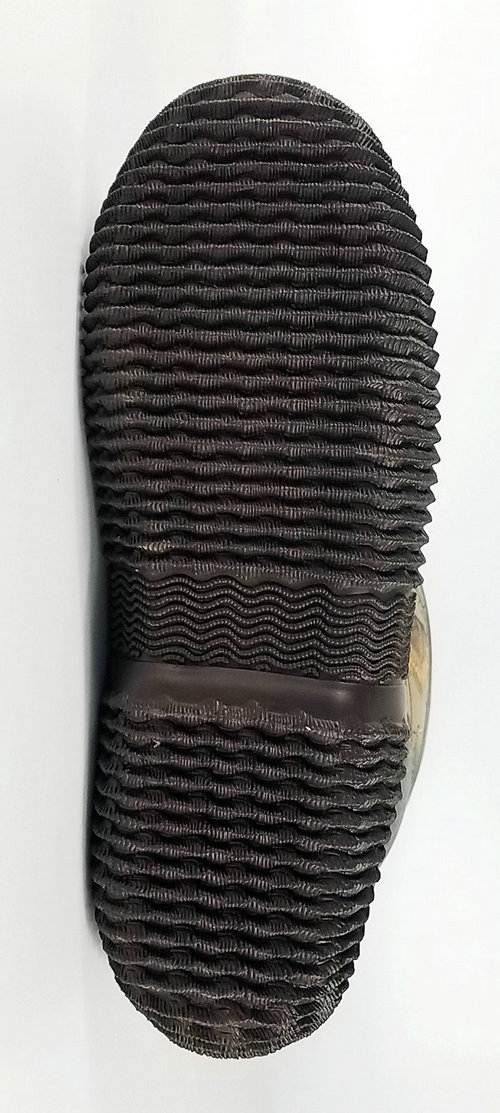The Evolution of Sports Shoes Technology
In recent years, the world of sports footwear has undergone a remarkable transformation, driven by technological advancements that enhance performance, comfort, and sustainability. As athletes and fitness enthusiasts pursue their goals, the right pair of sports shoes has become a crucial element in their journey. This article delves into the evolution of sports shoe technology, highlighting how innovations have reshaped the industry and improved the experiences of users.
Materials Innovation
One of the most significant advancements in sports shoe technology is the development of new materials. Traditional materials such as leather and rubber have been replaced or supplemented by synthetic alternatives that offer improved properties. For instance, lightweight mesh uppers provide breathability and flexibility, which is essential for agility during athletic activities. Additionally, advanced materials like flyknit technology have been engineered to create a seamless fit, reducing chafing and enhancing comfort.
Moreover, the introduction of specialty foams, such as EVA (ethylene-vinyl acetate) and TPU (thermoplastic polyurethane), has transformed cushioning in sports shoes. These materials not only absorb impact but also provide a responsive feel, allowing athletes to perform at their best while minimizing the risk of injury. Brands like Nike and Adidas have developed proprietary foam technologies such as Nike React and Boost, which have garnered rave reviews for their energy return properties and lightweight designs.
3D Printing and Customization
The advent of 3D printing technology has revolutionized the customization of sports shoes. Athletes can now receive personalized footwear tailored to their specific foot shape and biomechanics. This level of customization has become a game-changer, especially for those with unique foot structures or specific performance needs. Brands like Adidas have launched initiatives that allow customers to design their shoes, creating a perfect fit that enhances performance and comfort.
3D printing not only offers customization but also reduces waste in the manufacturing process. By printing components on demand, companies can minimize excess inventory and environmental impact. This approach aligns with the growing trend of sustainability in the sports industry, appealing to consumers who prioritize eco-friendly practices.
sports shoes technology

Smart Technology Integration
The integration of smart technology into sports shoes signifies another leap forward. Brands have embraced the digital revolution by incorporating sensors and connectivity features into their designs. These smart shoes can monitor performance metrics such as distance covered, speed, and calorie burn, providing valuable feedback to athletes.
For instance, the Nike Adapt series features self-lacing technology that allows users to adjust the fit of their shoes with a simple tap on their smartphone. This not only enhances convenience but also ensures a secure fit, maximizing comfort during intense activities. By leveraging data analytics, athletes can track their progress over time, making informed decisions to enhance their training regimens.
Sustainability in Sports Footwear
As environmental concerns grow, the sports industry is responding with sustainable practices. Many brands are investing in eco-friendly materials and production processes to reduce their carbon footprint. For example, ocean plastics and recycled materials are increasingly used in the manufacturing of sports shoes, illustrating the industry's commitment to sustainability.
Companies like Adidas have launched initiatives such as the Parley line, which utilizes recycled ocean plastic in their footwear. This not only helps tackle the plastic pollution crisis but also resonates with consumers who are passionate about environmental issues. Sustainable practices in sports shoe technology are becoming a key selling point, attracting a conscientious consumer base.
Conclusion
The evolution of sports shoe technology reflects a broader trend towards innovation, customization, and sustainability. With advancements in materials, manufacturing processes, and smart technology, athletes and fitness enthusiasts are equipped with footwear that enhances their performance, comfort, and overall experience. As the industry continues to evolve, it promises to deliver even more exciting developments that not only meet the needs of athletes but also address the growing demand for responsible and sustainable practices. The future of sports shoes is bright, and with it, the potential for athletes to reach new heights in their performance.
-
Stay Dry in Any Condition with WadersNewsJul.17,2025
-
Elite Performance with Camouflage Combat BootsNewsJul.17,2025
-
Dry and Comfortable with Green Rubber Garden ShoesNewsJul.17,2025
-
Convenient Protection with Foldable RainbootsNewsJul.17,2025
-
Comfort and Protection with Neoprene Work BootsNewsJul.17,2025
-
Brighten Rainy Days with Floral Rain BootsNewsJul.17,2025
-
Safety Wellies: The Ultimate Combination of Protection, Comfort, and VisibilityNewsJun.19,2025











